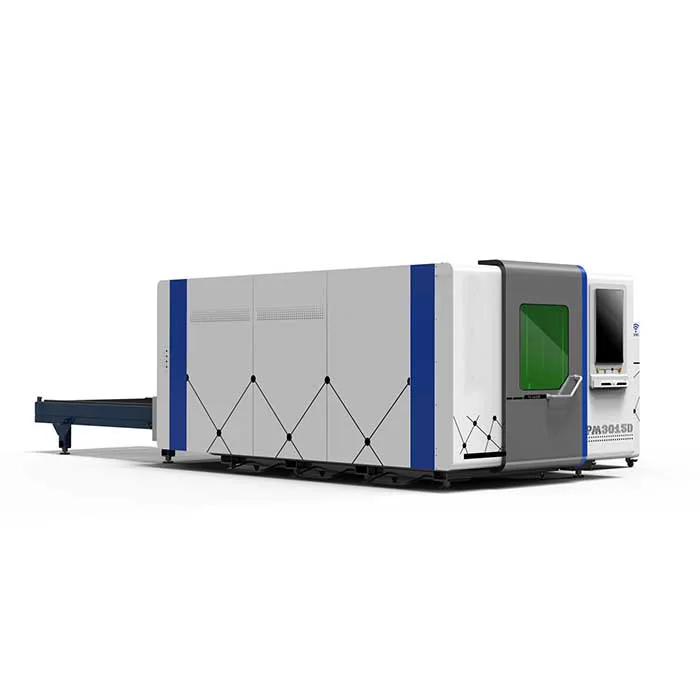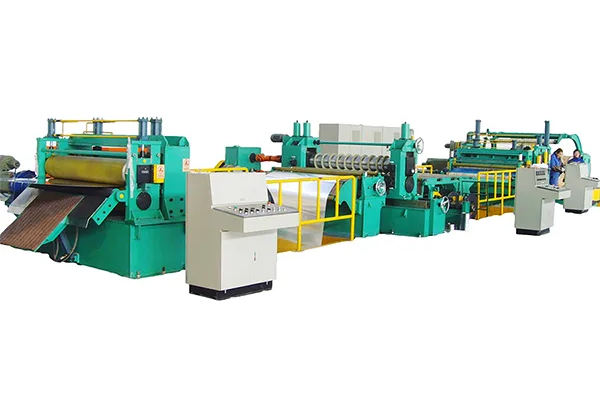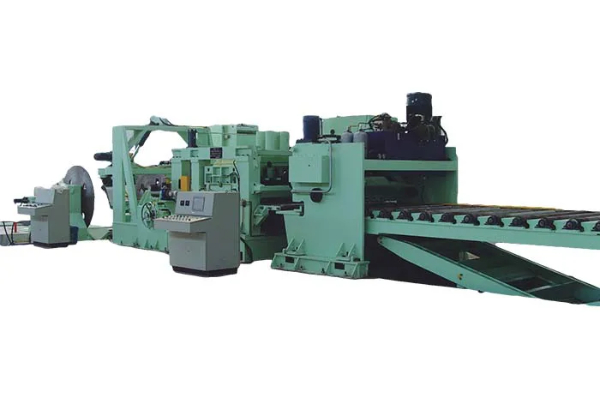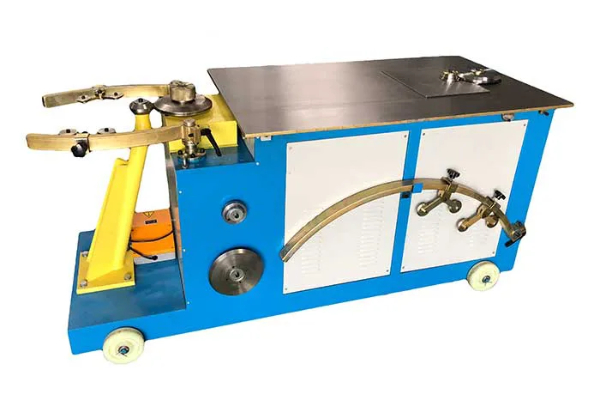
Troubleshooting Guide for Common Issues with Roll Forming Machines
- By:Metmac
- 2024-06-24
- 277
Troubleshooting Guide for Common Issues with Roll Forming Machines: Unraveling the Knots
In the intricate world of metal fabrication, roll forming machines stand as indispensable tools, transforming raw materials into precisely shaped profiles. However, even the most advanced machines are susceptible to occasional hiccups, leaving operators scratching their heads. This troubleshooting guide delves into the depths of common issues plaguing roll forming machines, providing invaluable insights to help you restore smooth operation swiftly.
1. Inconsistent Profile Shape: A Geometrical Conundrum
When the produced profile deviates from its intended shape, several factors demand attention. Check if the rolls are properly aligned and securely fastened. Verify the die clearances and ensure they adhere to the manufacturer’s specifications. If these measures prove ineffective, consider potential wear or damage to the rolls, which may necessitate replacement.
2. Jamming and Material Deformation: An Unwanted Obstruction
If the machine experiences material jamming or deformation, the culprit could lie in inadequate lubrication. Poor lubrication increases friction, leading to excessive heat and potential seizing of the rolls. Ensure proper lubrication according to the manufacturer’s guidelines. Additionally, check for any debris or foreign objects that may have entered the forming area, causing obstructions.
3. Fluctuating Roll Speed: A Rhythmic Enigma
Erratic roll speed can stem from several root causes. Examine the machine’s power supply and ensure it provides a stable voltage. Check the belts or chains responsible for roll movement and replace any worn or damaged components. If the issue persists, investigate potential problems with the speed control system, such as faulty sensors or electrical connections.
4. Excessive Noise and Vibration: A Disturbing Symphony
Excessive noise or vibration often indicates a mechanical issue. Check for loose bolts or other fasteners and tighten them accordingly. Inspect the gears and bearings for any signs of wear or damage. If necessary, replace these components to restore smooth operation and minimize noise levels.
5. Roll Scoring and Damage: A Battle of Wear
Roll scoring and damage can result from several causes, including improper material handling, inadequate lubrication, or excessive force exerted on the rolls. Inspect the material for any burrs or sharp edges that could cause damage. Ensure the dies are properly aligned and adjust the forming pressure to prevent overloading the rolls.
Conclusion: Empowering Operators with Troubleshooting Know-How
By understanding these common issues and their potential remedies, roll forming machine operators can effectively troubleshoot and maintain their equipment, ensuring optimal performance and minimizing downtime. This guide empowers them with the knowledge to identify and address problems swiftly, reducing production delays and maximizing productivity. With the insights provided, operators can restore their roll forming machines to flawless operation, allowing them to seamlessly craft precision metal profiles.
-
Mastering Form and Force: A Guide to Modern Metal Plate Bending Machines
2025/12/16 -
Demystifying Sheet Metal Laser Cutting Machine Price: The METMAC Value Perspective
2025/12/16 -
Metal Sheet Machinery: The Engine of Modern Fabrication and the METMAC Advantage
2025/12/16 -
Beyond the Bend: The Power and Precision of the Modern Sheet Profile Machine
2025/12/16
-
Advanced Sheet Metal Rolling, Laser Cutting, and Folding Machines for Precision Fabrication
2025/10/31 -
High-Performance Sheet Metal Bending and Cutting Machines for Modern Fabrication
2025/10/31 -
High-Quality Sheet Metal Equipment for Sale: Efficient Solutions for Modern Manufacturing
2025/10/31 -
High-Performance Sheet Metal Equipment for Sale: Forming and Shearing Solutions for Modern Fabrication
2025/10/22
-
Latest Technological Advancements in Rectangular Duct Machines
2024/05/11 -
Integrating Automation with Rectangular Duct Machines for Enhanced Productivity
2024/05/11 -
Metal Shear Machines- Essential Tools for Precision Metal Cutting
2024/05/11 -
Understanding the Role and Function of Steel Strip Slitting Machines
2024/05/11
-
A Guide to the Latest Innovations in Sheet Metal Folding Machines
2024/11/29 -
Key Features to Consider When Investing in a Sheet Metal Folding Machine
2024/11/28 -
Enhancing Precision with Advanced Sheet Metal Folding Machines
2024/11/27 -
How to Choose the Right Sheet Metal Folding Machine for Your Workshop
2024/11/26







